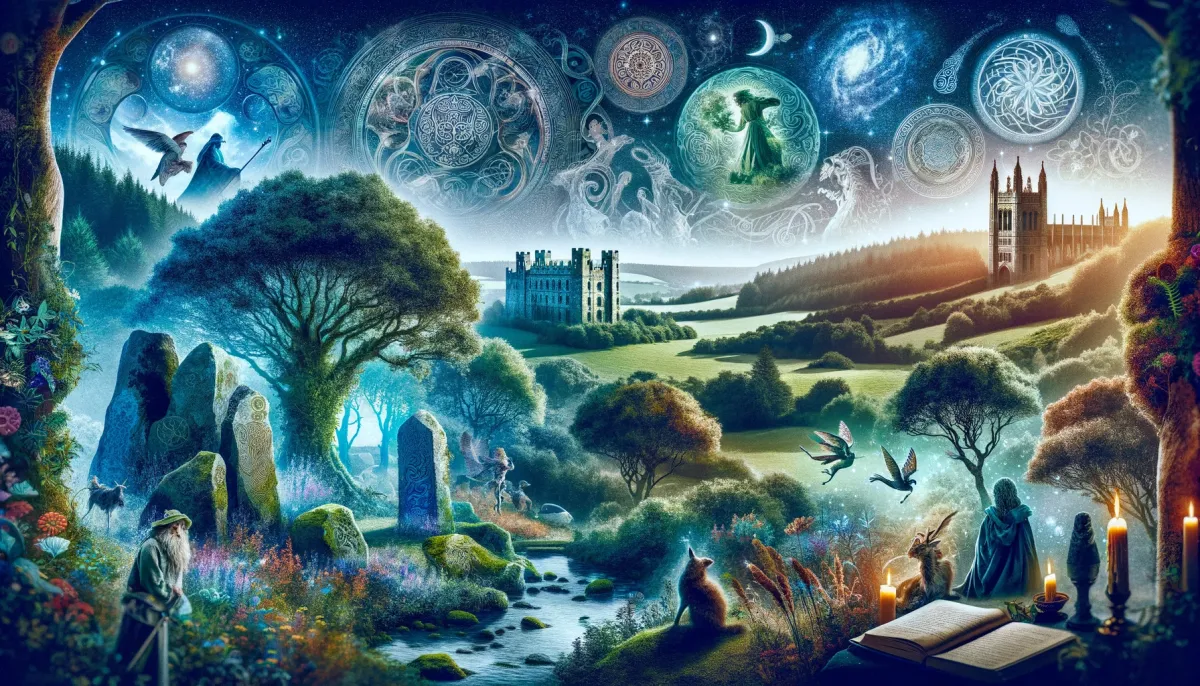The history of human civilization is a tale of power, ambition, and eventual decline. Throughout history, great empires have risen to dominate vast territories, only to crumble under the weight of internal strife, external invasions, or environmental challenges. Understanding how these civilizations were built and why they fell offers valuable lessons for modern societies.
The Foundations of Great Empires
Ancient civilizations flourished when key factors aligned, including geographical advantages, economic prosperity, political stability, and military strength. Fertile lands, river systems, and trade routes played crucial roles in the development of societies such as Mesopotamia, Egypt, China, and the Indus Valley. Agriculture enabled food surpluses, allowing populations to grow and cities to expand.

Strong leadership was another fundamental aspect. Rulers like Hammurabi of Babylon, Pharaoh Ramses II of Egypt, and Emperor Qin Shi Huang of China implemented laws, organized bureaucracies, and centralized power to maintain order. Military expansion further solidified their influence, with disciplined armies conquering neighboring regions to create vast empires.
Cultural and technological advancements also propelled civilizations forward. The Greeks developed democracy and philosophy, the Romans built extensive road networks and aqueducts, and the Chinese innovated in paper-making, gunpowder, and the Great Wall for defense. These advancements fostered stability, economic growth, and intellectual progress, ensuring empires thrived for centuries.
The Causes of Decline
Despite their strength, all great civilizations eventually faced decline. Internal corruption and political instability often played significant roles. As empires expanded, governing large territories became increasingly difficult, leading to power struggles, inefficient administration, and civil wars. In Rome, for example, political infighting and economic mismanagement weakened the empire long before barbarian invasions struck.
Economic decline was another common factor. Over-reliance on slave labor, heavy taxation, and mismanagement of resources led to stagnation and economic disparity. The once-mighty Egyptian and Mesopotamian economies crumbled due to resource depletion and changing trade routes. When financial foundations weakened, military strength also deteriorated, making empires vulnerable to external threats.
Environmental factors and climate change significantly impacted ancient societies. Droughts, famines, and natural disasters devastated food production and destabilized regions. The fall of the Maya civilization, for instance, was partially attributed to prolonged droughts that led to resource scarcity and social upheaval.
Foreign invasions and external pressures often delivered the final blow. The Mongols overran China, the Germanic tribes invaded Rome, and Alexander the Great’s conquests reshaped entire civilizations. Even the most powerful empires could not withstand continuous military threats combined with internal decline.
Lessons for Modern Societies
The rise and fall of ancient civilizations provide insights into the strengths and vulnerabilities of societies. The importance of sustainable governance, economic resilience, and environmental awareness cannot be overstated. Just as Rome struggled with inequality and corruption, modern nations face challenges that, if ignored, could lead to decline.

History demonstrates that civilizations thrive on innovation, unity, and adaptability. Societies that invest in education, infrastructure, and social cohesion stand a better chance of long-term success. By understanding the past, modern civilizations can navigate challenges and avoid the mistakes that led to the downfall of their predecessors.
The story of human civilization is one of cycles—rising, flourishing, and ultimately facing decline. However, by learning from history, societies today can strive to build a more sustainable and enduring future.
































